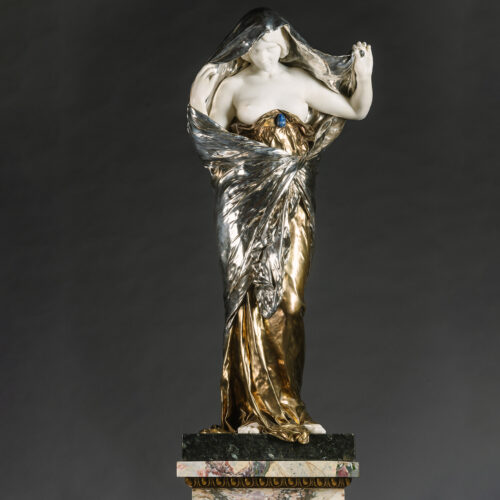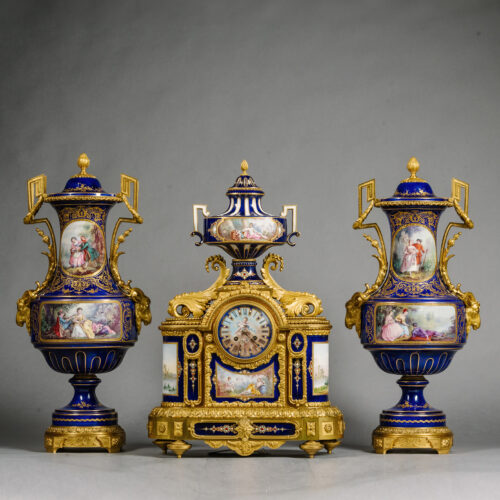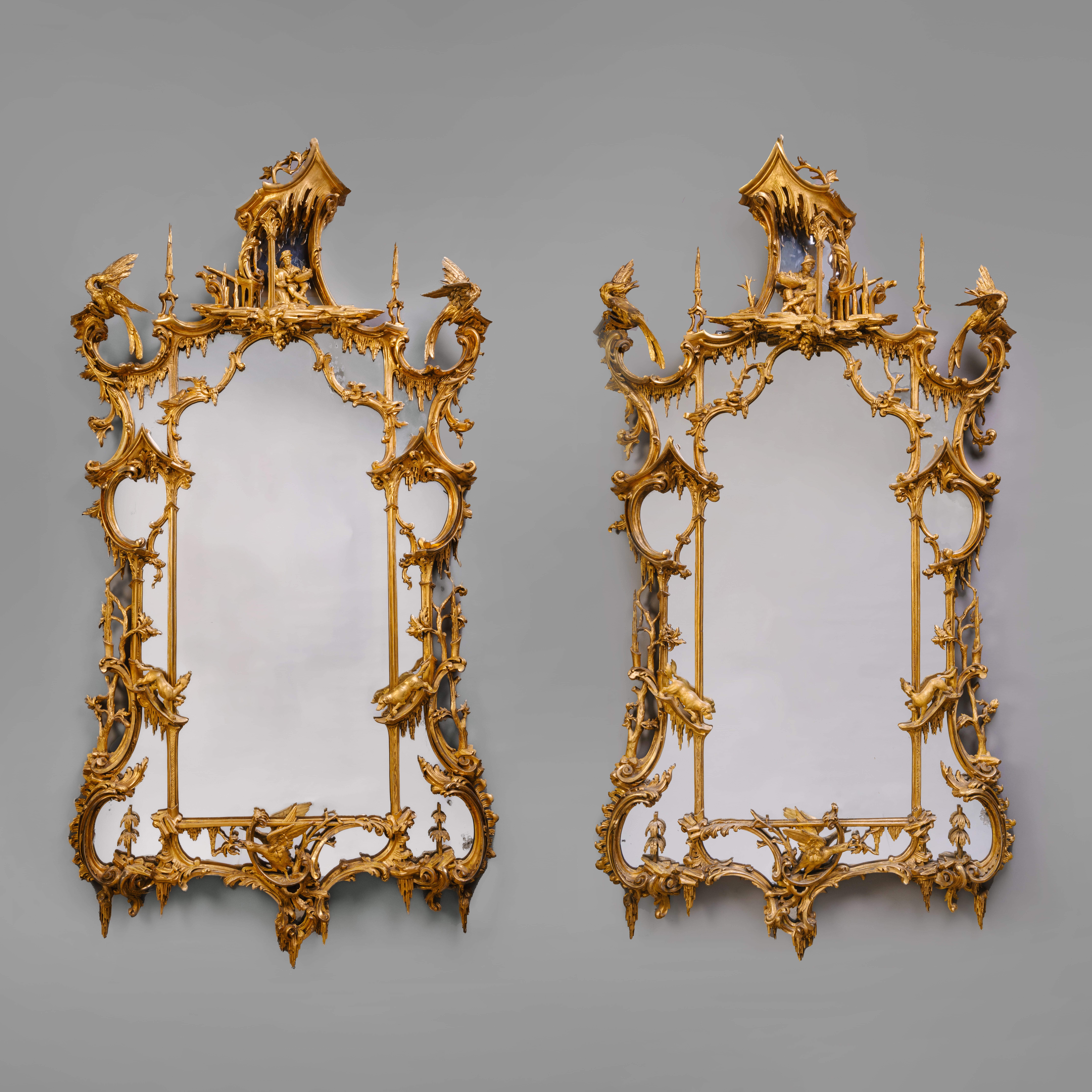Sèvres (Style)
A Fine Sèvres-Style Porcelain and Gilt-Bronze Mounted Ebonised Centre Table
£28,000
A Fine Sèvres-Style Porcelain and Gilt-Bronze Mounted Ebonised Centre Table. The top inset with a turquoise ground central plaque of Francis I (1494-1547)...
Dimensions
Hauteur : 76 cm (30 in)Diameter: 80 cm (32 in)
Description
A Fine Sèvres-Style Porcelain and Gilt-Bronze Mounted Ebonised Centre Table.
The top inset with a turquoise ground central plaque of Francis I (1494-1547) at the Battle of Pavia, signed ‘E. BELLO’, the foliate-chased border with eighteen further small oval plaques depicting court beauties and the Bourbon coat-of-arms, the ebonised baluster support flanked by acanthus-cast scrolled volutes joined by foliate swags, on a triform base.
France, Circa 1900.
The central plaque depicts Francis I (1494-1547), King of France, captured by Habsburg troops at the Battle of Pavia in 1525. This battle marked a pivotal moment in French history, as it resulted in a decisive victory for Emperor Charles V of Austria, compelling Francis I to accept Habsburg control over northern Italy and Burgundy.

19th Century Engraving of The Battle of Pavia 1525, France, Unknown Artist.
Date
Circa 1870
Origine
France
Moyen
Monté en bronze doré et en porcelaine
Signature
The central porcelain plaque signed 'E.BELLO'.
The Sèvres Porcelain Manufactory was founded to the east of Paris in the disused Royal Château of Vincennes, late in 1739-40. and moved to the village of Sèvres, west of Paris in 1756, en route to King Louis XV’s palace of Versailles.
Here it was also adjacent to Louis’s mistress Madame de Pompadour’s own château at Bellevue. She was delighted with the factory’s new location – as she knew she could entice Louis to take a greater interest in it when it was so near their own residences. Indeed, the King became such a keen patron of the factory that, when it ran into financial difficulties, he bought out the shareholders and became the sole proprietor. The factory remained a royal enterprise until the French Revolution, when it was nationalised.
The popularity of the Louis XV style during the nineteenth century led to a number of companies in and around Paris, creating exceptional Sèvres-Style porcelain based on eighteenth century models and to the same exceptional quality. Often these pieces were of exhibition quality and scale, and finely painted by the best studio painters of the day such as Robert, Desprez and Poitevin.
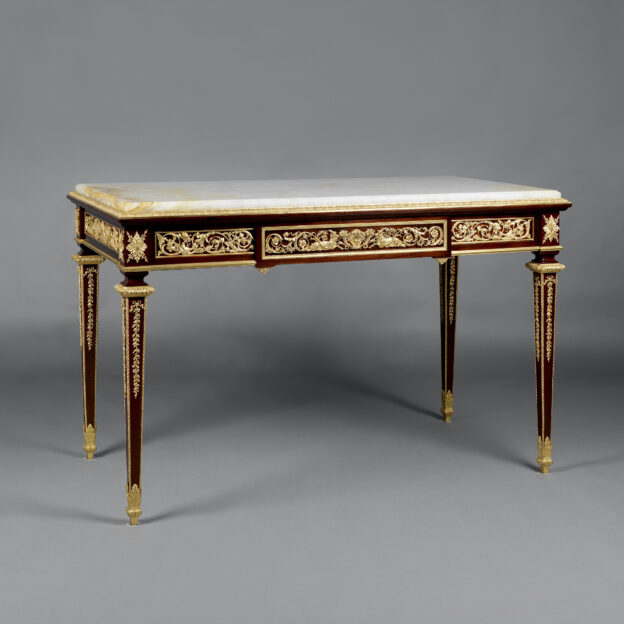




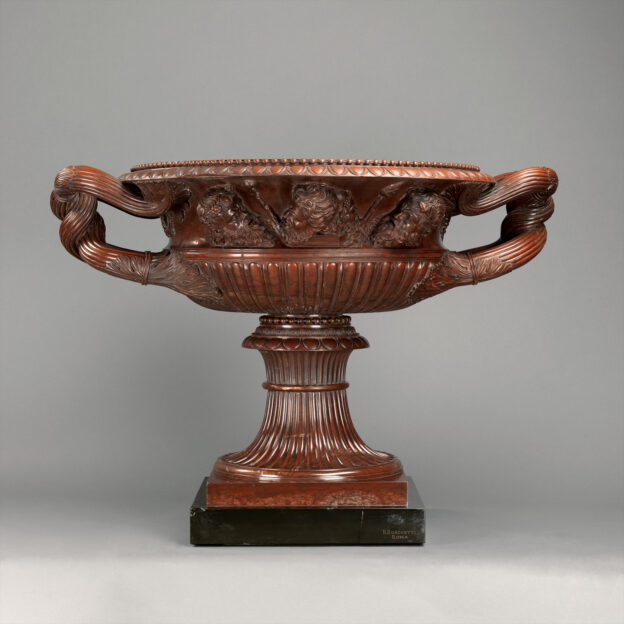
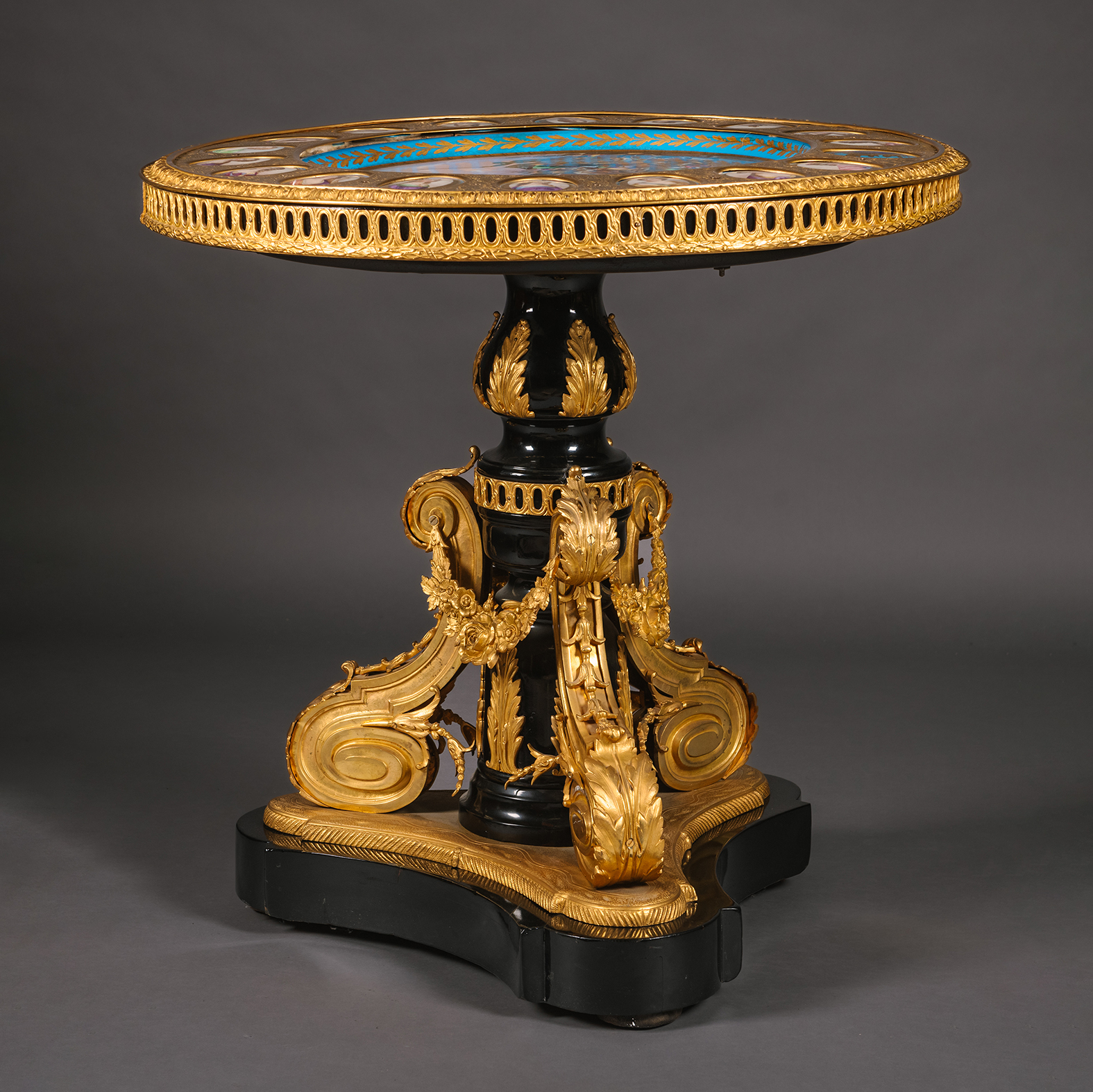
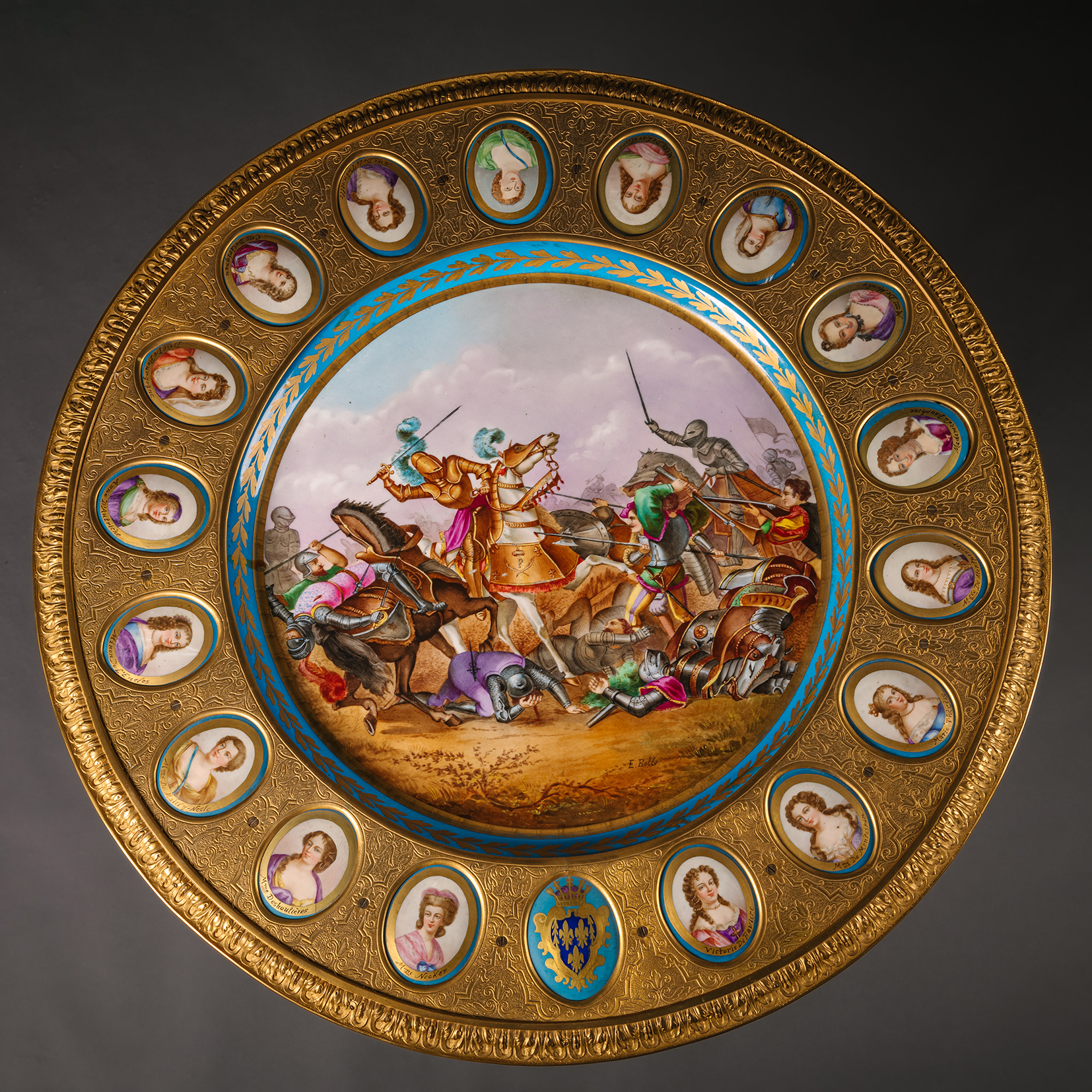


 Imprimer
Imprimer